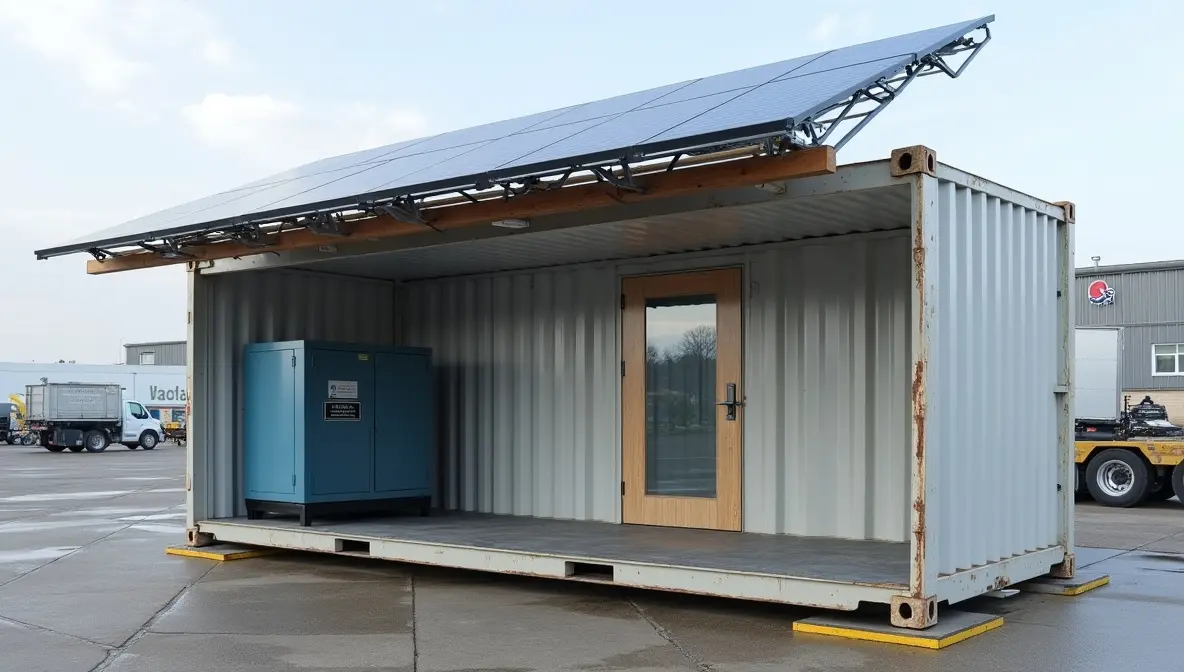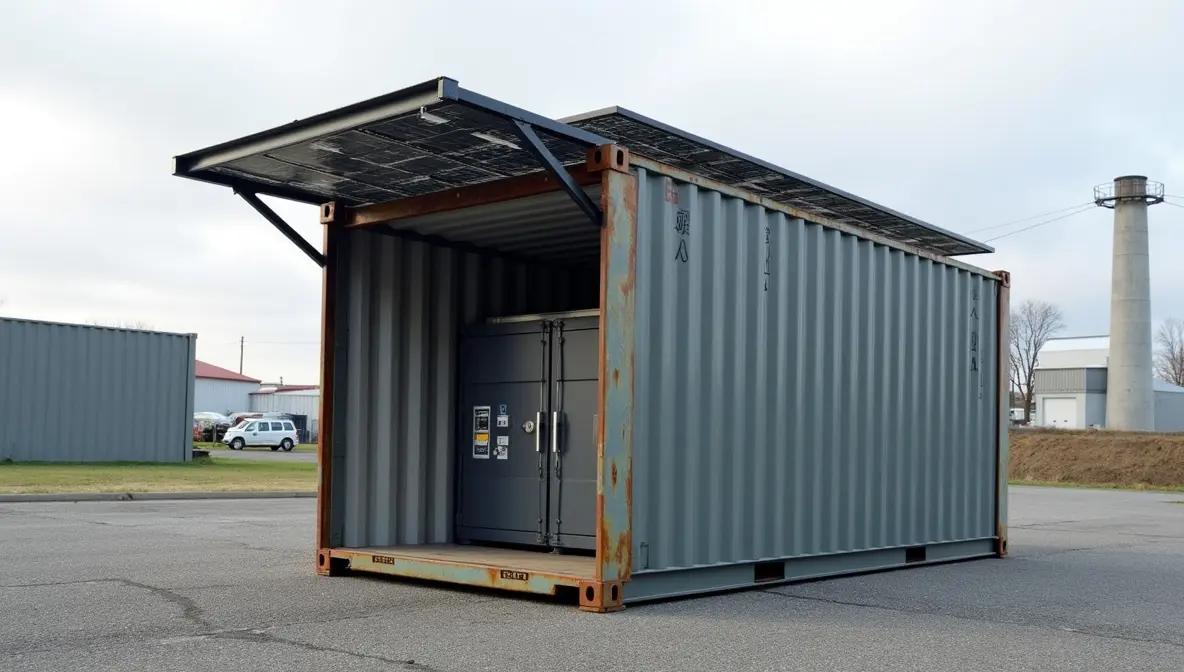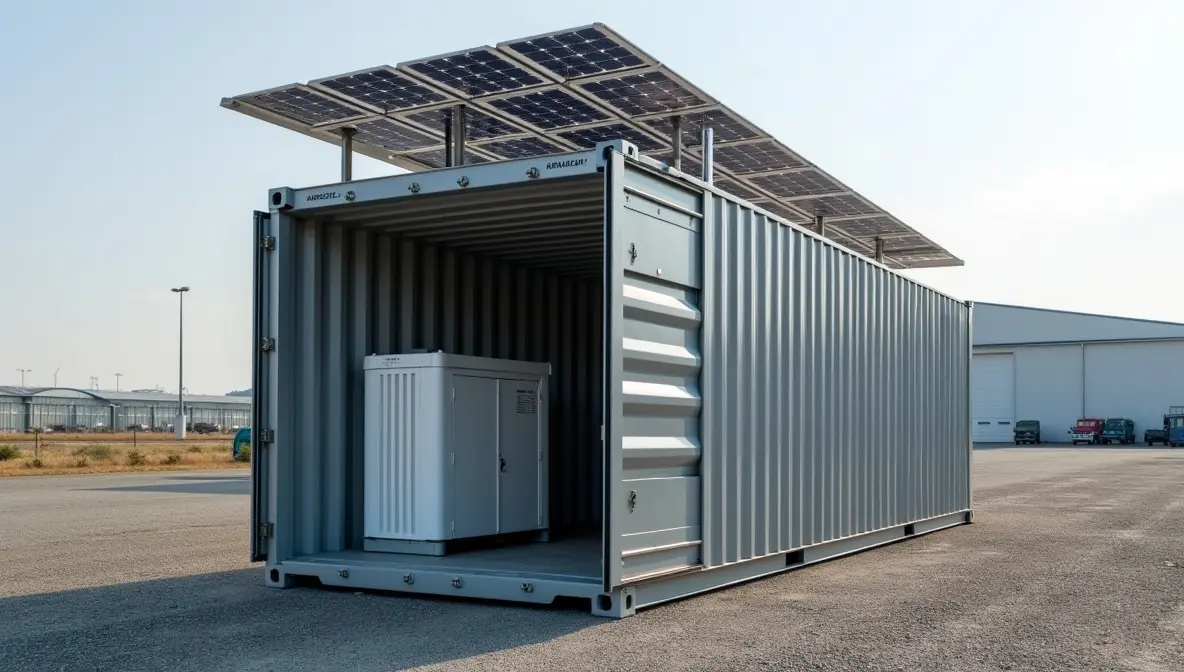A new direction toward lighter, denser, and faster-deployment solar arrays is motivating Future Trends in Solar Technology: The Evolution of Vertical Packing for Photovoltaic Systems. Vertical packing has the highest transportation density, minimizes panel fracture to nearly zero, and conserves time during job-site installation of modules sideways stacking to containers or trucks. These items, such as PWRstation's Exorac Tryptic folding racks and SolarCont's folding arrays in a box, make up the spine of Packing for Photovoltaic Panels as an international solution to remote power centers and mobile farms. Future of super-giant package size and intelligent rail-and-hinge technology will have no choice but turn to Mobile Solar Containers with best capacity utilization, such as product LZY-MSC2 Sun eyeing Mobile Solar PV Container to dominate.
Audience and Content Analysis
We are creating solar project managers, logistics planners, and R&D engineers for the renewable energy industry that will be shipping and PV module installation. They adore quality specs, facts about field performance, and logistic optimization step-by-step guides to Google's E-A-T requirements. Content must walk a fine line between technical density—racking structure and mechanical tolerancing—and winning case studies by application and climate.
Vertical Stacking Significance
Transport Efficiency Optimization
240 panels are cost-effectively shipped vertically in a 20 ft container rather than some 24 flat stacked with more than 80% freight cost saving. This is particularly relevant with new increased PV module size (M10 to M6 wafers) where horizontal stacking cannot be achieved.

Less Damage and Waste
By vertically stacking edge-on modules. Less contact points, significantly fewer glass and frame warpages and shipping scratches. Fewer replacements and freight insurance expense.
What is Vertical Packing of Photovoltaic Systems?
Vertical stacking is rail on rail in a shipping trailer or container, and vertically stacked modules in shallow tilt angles of 2–3° for drainage and stability. The major components are:
- Telescoping Rail & Hinge Systems: Power rails and heavy-duty hinges fold back panels, e.g., SolarCont's 240-module system.
- Lock-Down Stramps & Clamps: Shipping straps automatically clamp modules and release when the unit is in operation.
- ISO-Certified Anchor Points: Container-to-container bumpers allow stacking damage prevention and stacking compatibility.
How to Do Vertical Packaging
1. Prepare Inside of Container
Mount IP65 rated corrosion-resistance beams with 600 mm on center pre-drilled bracket locations for panel width.
2. Install Rails
Fit rails of low gradient to allow water run-off. Fit stiffening side rails M12 bolts to manufacturer torque specification.
3. Mount and Load Panels
Mount modules into rail slots—busbars inwards—and at 800 mm fit mid-clamps. Rack to floor for seismic or transit safety purposes by way of ratchet-straps.
4. Test Deployment Mechanism
Dry-running, extension and fold out, and fold in. Alignment correction or binding before dispatch prior to despatch.
PWRstation Tryptic Exorac: 30-panel Swiss deployer within 30 minutes by single operator on fold-down rail-mounted retractable rack.

Innovations in problem-solving
- Nomad Energy Box:Pre-wired on-wheel Spanish roll-out PV array deployable within 3 hours on hard ground.
- Husk Power Mini-Grid-in-a-Box: Indian C&I deployable in one day, hybrid solar, battery, and control in 20-ft container.
Future Trends and Innovations
Ultra-Large Packaging & GEM Standards
Ultra-large GEM standard packaging is being developed by solar and packaging teams to enable modules of any size to be transported safely.
AI-Driven Deployment Analytics
AI will be utilized in deployment sequence prediction, rail relaxation stress, and 20% reduced setup time in future systems. Factory loads are being scheduled for factory loads by Chicago start-ups with vision-guided robots.
Advanced Materials and Composite Racks
Composite light and composite honeycomb core can be made with tare weight-saving and corrosion-proofing advantage over standard aluminum rails on racks.
Double-Axis Sun tracking Mobile Solar PV Container
Such product designs such as the LZY-MSC2 Sun tracking Mobile Solar PV Container are cost-effective to manufacture 35% more than rigid fold-out units. They shall be power-conserving efficient through real-time sun-tracking and stacking vertically for fullest utilization.
Technical Terms and Industry Jargon
- IP65: Dustproof and water-jet-proof casing rating.
- BOS (Balance of System): Everything except a module—cabling, racking, inverters.
- CSC (Container Safety Convention): Container structural integrity to shipping and stacking loads.
- APV (Agrophotovoltaics): PV and agro integration and stacks as sunshades for vertical farming.
Actionable Recommendations
- Standardize Module Specs: Same one-panel size (e.g., M10 wafers) so rack design is not as complicated.
- Annual Maintenance: Clean rails, lubricate actuators and moving parts, and prevent mid-deployment failure.
- Develop SOPs: Develop graphical step-by-step procedures with torque readings and load curves for in-field engineers.
- Test AI Solutions: Test loading simulations with AI to reduce your deployment time before scaling up.
As vertical packaging transforms solar shipping and installation, early mobility also translates into marrying expertise in advanced mechanical engineering with cutting-edge AI and materials tech science—so your next Mobile Solar Container arrives sooner, lasts longer, and produces cleaner energy.

